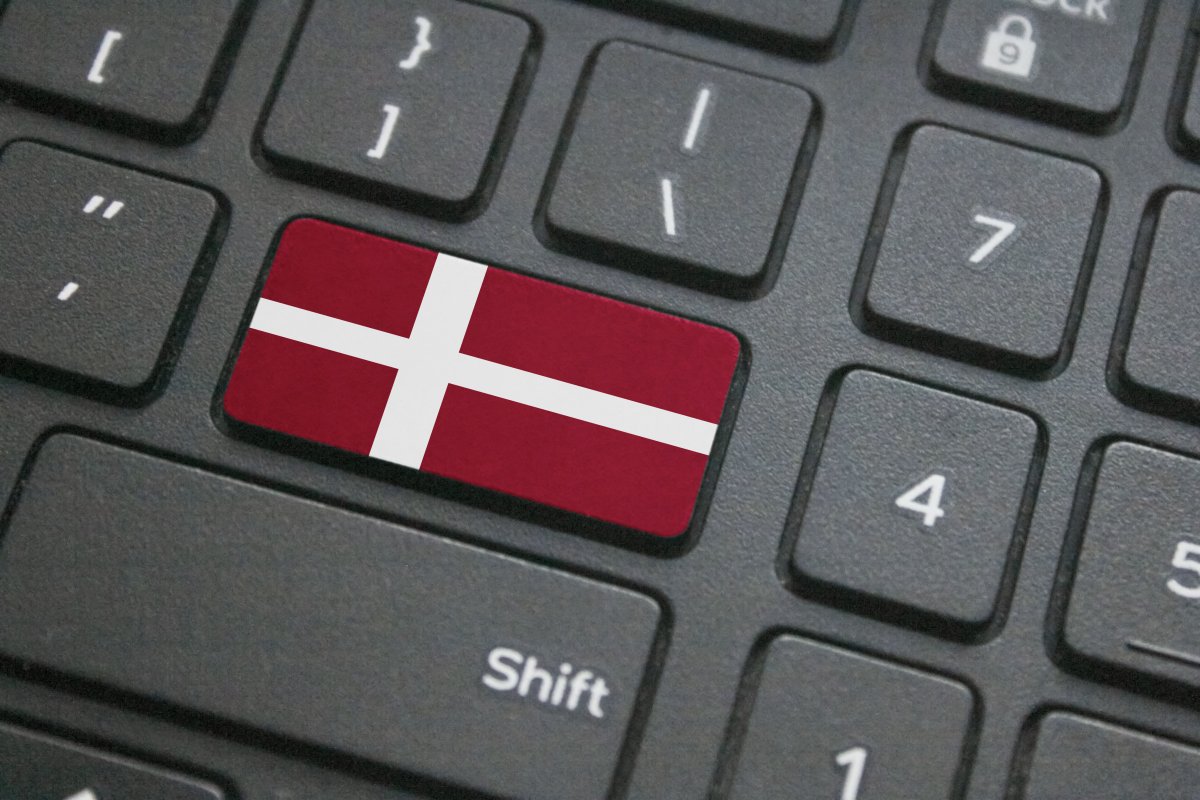The End Of The Hackintosh Is Upon Us
-
This post did not contain any content.
-
This post did not contain any content.
Was coming down the line ever since M1. I guess you could try with a arm hackintosh.
-
This post did not contain any content.
You could have your cake and eat it too, which is to say that you could run the Mac version of Photoshop because that apparently mattered to some people. Now, all that’s over, so if you love weird modifier keys on your keyboard and a sleek, glassy operating system, you’ll have to pay the big bucks for Apple hardware again. The Hackintosh is dead.
I find the modifier keys to be normal. I find the ending of this article to be weird.
-
You could have your cake and eat it too, which is to say that you could run the Mac version of Photoshop because that apparently mattered to some people. Now, all that’s over, so if you love weird modifier keys on your keyboard and a sleek, glassy operating system, you’ll have to pay the big bucks for Apple hardware again. The Hackintosh is dead.
I find the modifier keys to be normal. I find the ending of this article to be weird.
You can literally get that sleek glassy look on Linux too.
-
You can literally get that sleek glassy look on Linux too.
Why would I want that? I don’t even want it on my Mac.
-
This post did not contain any content.
The nice thing about the Hackintosh was the upgradability/repairability. Wishing Apple would bring some of that back.
-
Was coming down the line ever since M1. I guess you could try with a arm hackintosh.
I guess you could also virtualize it through qemu on arm to get good compatability
-
You can literally get that sleek glassy look on Linux too.
Not in a straightforward or easy way (at least for new people)
-
This post did not contain any content.
Best lil' machine I ever had was a 10 inch Dell mini Hackintosh. Loved it, and got me through grad school .
-
Why would I want that? I don’t even want it on my Mac.
I would be happy to return to the Snow Leopard aesthetic.
-
This post did not contain any content.
Is there no way to get it to run on ARM systems? Are none of them powerful enough to be useful without being Macs?
-
This post did not contain any content.
One more reason to switch to Linux
-
Is there no way to get it to run on ARM systems? Are none of them powerful enough to be useful without being Macs?
ARM isn't plug-and-play like x86 (n.b. it could be, but no one does it outside of servers)
You have to write a big JSON like file, called a DeviceTree, that describes exactly what is in the computer
Unless Apple decides to support Hackintoshes, their OS won't have devicetrees for other devices.
You might be able to make your own and get the OS to read it, but it still has to be for a specific machine rather than generic like before
-
Why would I want that? I don’t even want it on my Mac.
What you don't want vista-fruitcake? Trash nobody wanted then so we repackaged it!
-
This post did not contain any content.
Yeah, I’ve heard that one before…
-
ARM isn't plug-and-play like x86 (n.b. it could be, but no one does it outside of servers)
You have to write a big JSON like file, called a DeviceTree, that describes exactly what is in the computer
Unless Apple decides to support Hackintoshes, their OS won't have devicetrees for other devices.
You might be able to make your own and get the OS to read it, but it still has to be for a specific machine rather than generic like before
Given Apple‘s past, the most they will do is, at some future date, make macOS capable of reading custom JSON device tree files. Maybe
-
This post did not contain any content.
Abandoned mine several years ago. Kind of a shame, they were a good option for a while for people who weren't windows fans but didn't want to run linux full time. Apple just doesn't really have any offerings for people who want a desktop that's upgradeable, but don't want to drop the money on a Mac Pro.
-
Was coming down the line ever since M1. I guess you could try with a arm hackintosh.
I guess you could try with an arm hackintosh.
Impossible
-
I guess you could try with an arm hackintosh.
Impossible
Fair, I was not going to try.
-
I guess you could also virtualize it through qemu on arm to get good compatability
Just an idea. I still use win 11.
-
Proton joins suit against Apple for predatory practices that harm developers and consumers
Technology 1
1
-
-
-
-
-
Meta and Palmer Luckey's Anduril Industries partner to build EagleEye, a new AI-powered weapons system, including rugged helmets, glasses, and other wearables
Technology 1
1
-
Telegram and xAI agreed a one-year deal to integrate Grok into the chat app; Telegram will get $300M in cash and equity from xAI and 50% of subscription revenue.
Technology 2
2
-





